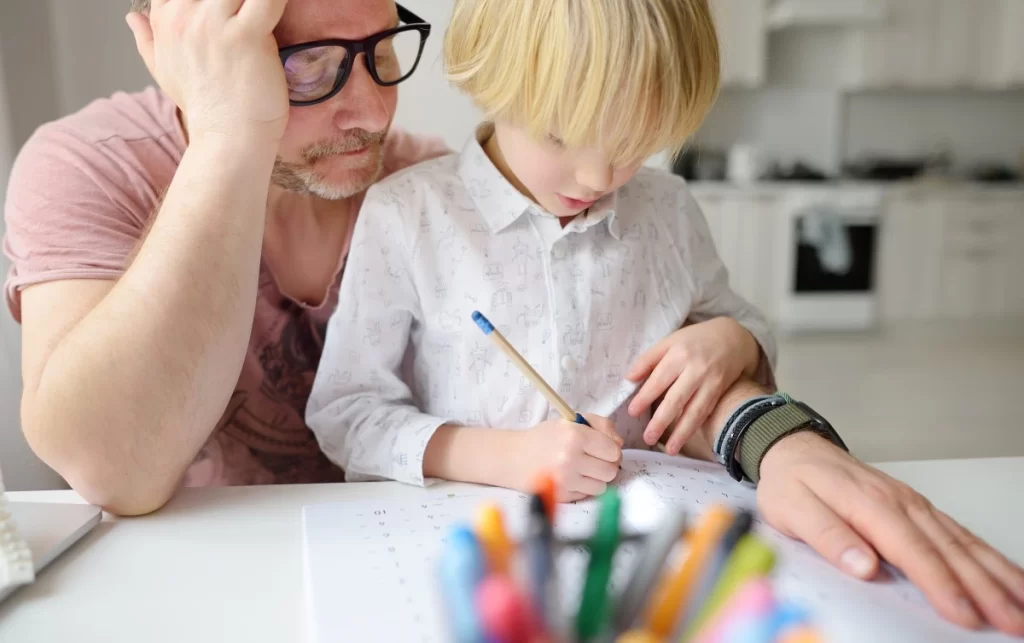This video animation CREATED BY OUR Multimedia Specialist illustrates the process of transitioning from hospital to community care, highlighting key steps and support systems involved. It is designed to provide a clear visual representation of the journey, helping the person to understand what to expect during this critical phase.
The Role of Multimedia in Health and Social Care
Multimedia support in health and social care refers to using various digital tools and technologies to enhance communication, education, and engagement among people receiving care, their families, and care providers. This can include video animations that visually explain complex medical procedures or care plans, making them easier to understand for those with limited literacy or language barriers. Interactive content, such as digital apps and touchscreens, can be used in therapy sessions or to help people participate more actively in their care plans.
What’s more, multimedia support significantly improves accessibility and engagement by presenting information in more dynamic and understandable formats. For people with communication challenges or cognitive impairments, traditional text-based methods can be overwhelming and ineffective. However, multimedia tools can break down these barriers by offering visual, auditory, and interactive elements that cater to various learning styles and abilities. For instance, video animations can simplify complicated instructions, making it easier for someone with a cognitive impairment to follow along. Interactive content can engage people in their own care process, allowing them to feel more in control and empowered. By making information more accessible, multimedia support empowers people and fosters better understanding and collaboration between people receiving care and their providers.
Benefits of Multimedia Support for People and Care Providers
Multimedia support offers numerous benefits for people receiving care, significantly enhancing their experience and outcomes. One of the key advantages is improved understanding; multimedia tools such as video animations and interactive content can present complex information in a way that is easier to comprehend. This especially benefits people with cognitive impairments, language barriers, or limited literacy. By providing clear and engaging visual and auditory cues, multimedia tools help people better understand their care plans and procedures, leading to greater confidence and adherence. Additionally, multimedia support can reduce anxiety by offering consistent and predictable information.
Enhanced engagement is another critical benefit, as multimedia allows people to actively participate in their care journey. Tools like interactive apps and touchscreens make it possible for individuals to communicate their preferences, track their progress, and make informed decisions about their care, fostering a sense of empowerment and collaboration.
Lisa’s Story – A Multimedia Approach to Care Transition
Lisa’s story is a powerful example of how multimedia support can transform care experiences and outcomes.
After spending over 27 years in a secure unit due to significant challenges and trauma, Lisa was preparing to transition back into the community. This move represented a significant change in her life, filled with uncertainty and anxiety. Her care team employed a multimedia approach to support her through this transition, creating a personalised video animation that addressed her specific questions and concerns.
“I asked Lisa if she would like to create video animation avatars of herself and her staff. She was instantly engaged, requesting specific details like a flower in her hair and a pink onesie, which we easily created. We then made avatars of her key support staff, further engaging her in the process.”
- Ben Andrews, PBS Coach and Multimedia Specialist
Transitioning from a secure unit to a community setting posed numerous challenges for Lisa. Having spent nearly three decades in the hospital environment, it was all she knew, and the idea of moving to a new, unfamiliar place triggered intense anxiety and fear. Lisa had many questions about the move, such as when it would happen, what her new home would look like, and who would support her during the transition. Traditional methods of communication, like written documents, were ineffective due to challenges with literacy skills. Recognising these obstacles, her care team created a video animation social story that visually explained every aspect of the transition. This approach helped answer all of Lisa’s questions in a way that was engaging and easy to understand, significantly reducing her anxiety and preparing her for the move.
Witness Lisa’s story below to learn more about this innovative approach and its impact on her successful transition back into the community.
Overcoming Challenges in Implementing Multimedia Support
Integrating multimedia support in health and social care can come with challenges. Technological barriers, such as limited access to necessary equipment or reliable internet, can hinder implementation. Additionally, some staff members may lack the training or familiarity to use digital tools effectively, leading to hesitation or improper use. There can also be resistance to change, as both staff and the people they support might prefer traditional methods over new, unfamiliar approaches.
To address these challenges, several strategies can be employed. Investing in simple, user-friendly technology ensures that multimedia tools are accessible to all care settings. Providing comprehensive staff training is crucial, offering hands-on workshops, online resources, and peer support to build confidence in using new tools. Encouraging a culture of openness and adaptability is also essential. Sharing success stories and demonstrating the positive impact of multimedia on care quality can help overcome resistance to change. Care providers can successfully integrate multimedia support and enhance care delivery by fostering an environment that values creativity, flexibility, and continuous learning.
The Future of Multimedia Support in Health and Social Care
“The future of multimedia in care is incredibly exciting, not just because of the technological advancements but because of the potential it offers for creative, person-centred interventions. It’s about having a mindset that prioritises personalisation and empowers individuals by giving them more information and consistency in their lives.”
- Ben Andrews, PBS Coach and Multimedia Specialist
Emerging trends and innovations in multimedia support are set to revolutionise health and social care. Video animation support plans are becoming more popular, allowing people to see visual representations of their care plans and what to expect in different situations. Virtual reality (VR) is another cutting-edge technology making its way into care settings. VR can simulate environments and scenarios, providing immersive experiences that help people understand procedures, practice coping strategies, or experience calming environments. These innovations are expanding the ways multimedia can be used to engage people in their care.
The potential of these technologies to enhance person-centred care is immense. By providing tailored, interactive experiences, multimedia tools like video animations and VR can make information more relatable and easier to understand, fostering better engagement and cooperation. These technologies can be customised to fit individual needs, ensuring that each person receives support that resonates with them personally. This level of personalisation can lead to improved outcomes, such as reduced anxiety, better adherence to care plans, and a greater sense of empowerment and autonomy. As multimedia support continues to evolve, its role in creating more effective and compassionate care will only grow.





